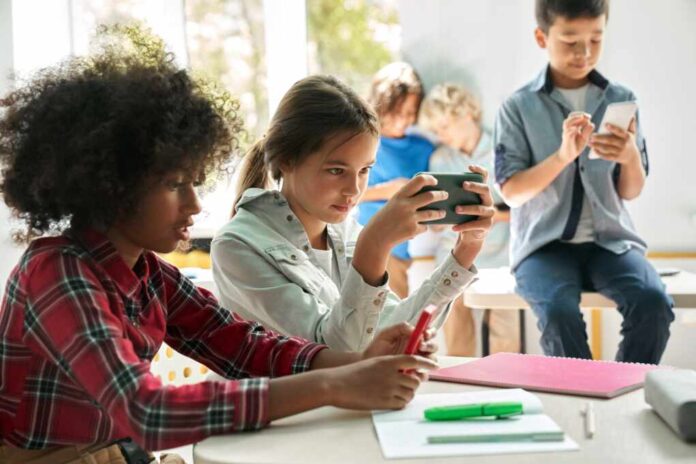
A recent study has established that frequent use of social media by children and adolescents and dangerous decision-making is directly proportional, thus negatively affecting the millions of children who interact with platforms such as Instagram, Facebook, and TikTok every day.
Kids who use social media more prone to making dangerous decisions – Study Finds https://t.co/5Uvpg6tT9v
— Andrew Coyne 🇺🇦🇮🇱 (@acoyne) December 1, 2023
As the World Health Organization puts it, some of the key concepts that are involved in communication are autonomy and community. Social media is one of the main modes of modern communication especially among teenagers, where users are required to post or share content, network, or blog.
The organization further elaborated that social media is crucial for informing kids and teens about where they can get physical and psychological support. On the other hand, the list of disadvantages far outweighs the claimed advantages of minors using social media.
Research carried out by the University of Glasgow reveals that frequent use of social media increases adolescent risk behavior and includes more cases of underage drinking, drug abuse, smoking, unprotected romantic encounters, and gambling.
Among the common issues associated with children and social media use include peer pressure, loss of physical interaction, influence of online content, and long-term impacts.
Thus, on social media, peer pressure worsened and influenced adolescents to engage in more risky behaviors like eating disorders and drug use. Physical interaction erosion is also on the rise due to the excessive use of screens that have replaced face-to-face interactions.
Long-term impacts are characterized when young children make harmful decisions during adolescence that will likely develop into chronic health problems, substance abuse, or depression as adults.
Many advertisements on social media promote a culture that celebrates obesity and encourages children to partake in harmful gender reassignment surgeries and hormone replacement therapy.
The study also noted that frequent social media use increased the chances of alcohol consumption by 48%, drug use by 28%, and tobacco use by 85% compared to infrequent or non-daily users. In addition, weekly contact was linked to an increase of 77% in risky romantic behavior and a rise of 73% in delinquencies.
However, research also reveals that adolescents who are frequent social media users are nearly three times more likely to gamble than their peers despite experimental and risk-taking behaviors being a normal part of adolescence.














